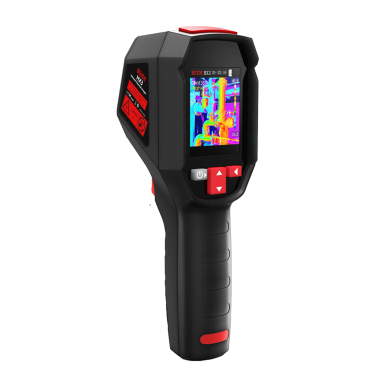Ear Thermometers: Accurate and Fast Temperature Measurement

# Ear Thermometers: Accurate and Fast Temperature Measurement
## Introduction to Ear Thermometers
Ear thermometers, also known as tympanic thermometers, have become increasingly popular in both medical settings and home use. These innovative devices offer a quick and accurate way to measure body temperature by detecting infrared heat waves emitted from the eardrum.
## How Ear Thermometers Work
Ear thermometers utilize infrared technology to measure the temperature inside the ear canal. The eardrum shares blood supply with the hypothalamus, the body’s temperature control center, making it an excellent indicator of core body temperature. When properly used, ear thermometers can provide readings in just 1-3 seconds.
### Key Components of an Ear Thermometer:
Keyword: Ear Thermometers
– Infrared sensor
– Probe cover
– Digital display
– Memory function (in most models)
– Fever alert system
## Advantages of Using Ear Thermometers
Ear thermometers offer several benefits over traditional oral or underarm thermometers:
### Speed and Efficiency
One of the most significant advantages is the speed of measurement. Unlike oral thermometers that require several minutes under the tongue, ear thermometers provide results almost instantly.
### Accuracy
When used correctly, ear thermometers can be highly accurate, with most models boasting ±0.2°C precision. This makes them particularly valuable in medical settings where precise temperature readings are crucial.
### Hygiene
Disposable probe covers help maintain hygiene, reducing the risk of cross-contamination between users. This feature is especially important in clinical environments.
### Comfort
Ear thermometers are generally more comfortable for patients, particularly children, who may resist traditional temperature-taking methods.
## Proper Usage Techniques
To ensure accurate readings, it’s essential to use ear thermometers correctly:
### Step-by-Step Guide:
– Gently pull the ear upward and backward (for adults) or straight back (for children) to straighten the ear canal
– Insert the thermometer probe snugly into the ear canal
– Press the measurement button and hold steady
– Wait for the beep indicating the reading is complete
– Remove the thermometer and read the display
– Discard the used probe cover
## Choosing the Right Ear Thermometer
When selecting an ear thermometer, consider these factors:
### Important Features to Look For:
– Measurement accuracy
– Speed of reading
– Memory function for tracking temperature trends
– Backlit display for nighttime use
– Age-specific modes (some models adjust calculations for infants vs. adults)
– Warranty and customer support
## Common Questions About Ear Thermometers
### Are ear thermometers safe for infants?
Most ear thermometers are safe for infants three months and older. For newborns, consult with a pediatrician about the most appropriate temperature measurement method.
### Can earwax affect the accuracy?
Yes, excessive earwax can interfere with readings. It’s recommended to clean ears regularly if using an ear thermometer frequently.
### How do ear thermometers compare to forehead thermometers?
While both use infrared technology, ear thermometers typically provide more accurate core temperature readings as they measure from closer to the body’s temperature regulation center.
## Maintenance and Care
Proper maintenance ensures your ear thermometer remains accurate:
### Care Tips:
– Always use clean probe covers
– Store in a protective case when not in use
– Clean the thermometer according to manufacturer instructions
– Avoid exposing to extreme temperatures or moisture
– Replace batteries as needed
## Conclusion
Ear thermometers represent a significant advancement in temperature measurement technology, offering speed, accuracy, and convenience. Whether for home use with children or in professional medical settings, these devices provide reliable readings when used properly. By understanding their operation and following best practices, users can benefit from this efficient method of monitoring body temperature.